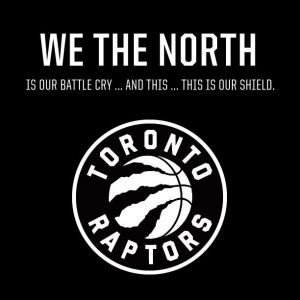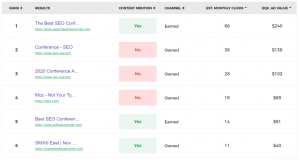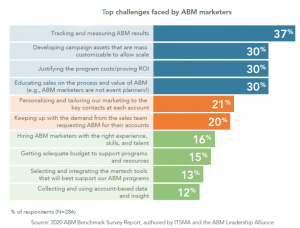
You’re planning to launch a new product but you’re so muddled by fear of failure that you end up delaying your launch for months. Either that or you get so distracted by the tiny details that you fail to focus on the most important aspects of your launch.
Yes, product launches are something to be nervous about because there are so many challenges that could negatively affect your launch. But this doesn’t mean you’re totally powerless. Take a look at some of these common product launch challenges and find out how you can overcome them:
1. Challenges In Marketing The Launch
Even if you present the most revolutionary product to the market, it won’t find much success unless you market it right.
How will people find out about the product? How will you convince them to buy it?
Marketing your launch is the solution to this problem but many brands face challenges with this. Product launch marketing involves using the right platform to reach your audience, revealing just enough information to stir curiosity, and updating your audience on your progress so as to maintain their interest and build hype.
How To Overcome This
There are plenty of ways to market your product launch in such a way that you generate enough buzz for a successful launch. First of all, make sure you’re using the right platform to market the launch – maybe Linkedin if your target audience comprises of professionals; Instagram, YouTube, and Snapchat if you’re marketing to millenials; TV and print ads if you’re marketing to a general audience.
The idea is to market it where your audience is.
You can start teaser campaigns, provide behind-the-scene insights, host a contest, harness the power of influencers, and more.
An excellent launch promotion example is how FX promotes the upcoming season of American Horror Story on Facebook. They’ve started treating fans to intriguing teasers in the form of posters as hints to tell them what’s in store for Season 6. 
Different posters give clues as to what the new season is all about, yet they only reveal enough details to keep fans guessing. All the posters contain are the dates of the premiere, a sign that says “6”, along with some creepy pictures that preview what might happen in the season. 
Each of the teaser posters receives thousands of likes and comments. Some of them even managed to get shared more than 10,000 times. This clearly shows how even a few simple images can be used to get fans excited for an upcoming product. 
2. Challenges In Brand Messaging And Product Positioning
How will you convince your audience that they need your product? How will you get your message across in such a way that your messaging resonates with your audience?
This is another big challenge businesses face when launching a new product. Because they can’t come up with the right brand messaging and position their product effectively, they fail to really sell the product.
How To Overcome This
As much as you’re trying to sell your product, you need to make your messaging and positioning about your audience and not your brand or product. You want to promote the best features about your product? Let your audience know how those features will benefit them. Make it about them and you won’t have much trouble getting your message across to them.
To get started, focus on your main target persona. Although you might be targeting several personas at once, pick one that would need, and appreciate, your product the most just to create a positioning statement that works.
Think about the problems they are experience and how your product can solve the problem for them. You can then frame your brand messaging and product positioning around those points you’ve come up with.
Periscope, for instance, invites people to “explore the world through someone else’s eyes”. This is the perfect positioning for an app that lets you stream live videos. So you can join in on someone’s experience live. The positioning doesn’t have to get into too many details and simply talks about what the product does in an audience-centric manner.
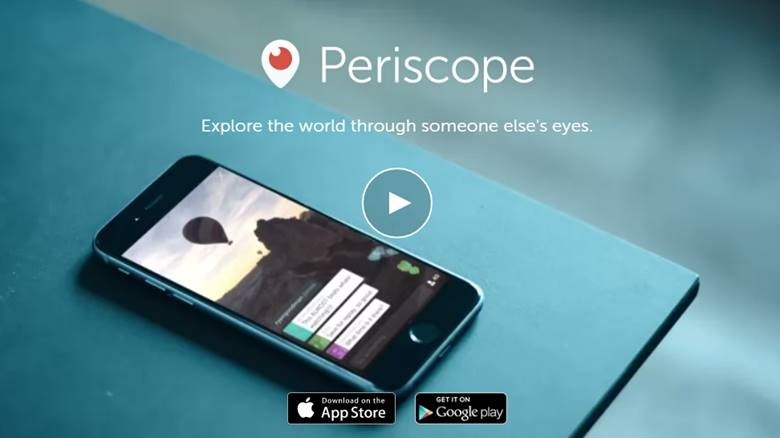
Another good example is the positioning of Coca-Cola Life, a lower-calorie version of regular Coca-Cola. Fast food companies like McDonald’s and soda brands like Coca-Cola were experiencing a drop in shares after Americans started opting for healthier foods and avoiding high-calorie, high-sugar foods and beverages. So with the new Coca-Cola Life, the brand highlighted the significantly-lower calorie content. They also promoted how the drink is sweetened using natural sweeteners, making it a much healthier option than regular Coca-Cola. 
3. Challenges In Audience Targeting
Do you really want to launch your product without conducting proper research about your target audience? What if you were just making assumptions about which demographic would like your product? It’s easy to use stereotypes to come up with a target audience but that doesn’t really work out for the best. Without proper research, you’re going to end up targeting the wrong audience and missing out on a potential audience base.
Let’s say you’re launching a new line of sporting goods and you want to market it as efficiently as possible. If you go by stereotypes, you’re going to focus your target on straight males between the ages of 12 and 50 because the common belief is that women don’t really like sports. What you don’t consider is the fact that 56% of mobile users who conduct a search on sporting goods are female.
How To Overcome This
Thorough audience and market research is crucial in order to find the most relevant target audience. Find out which demographics conduct the most searches for the category under which your product can be categorized. Then conduct a research on that demographic to understand which social media channels they are most likely to use and what kind of content they favor.
There are plenty of tools to help you conduct better market and audience research before you launch your product. The Marketer’s Almanac by Think with Google, for instance, is a free resource that lets you find out useful data about consumer trends. You get some useful insights about the way people browse and buy.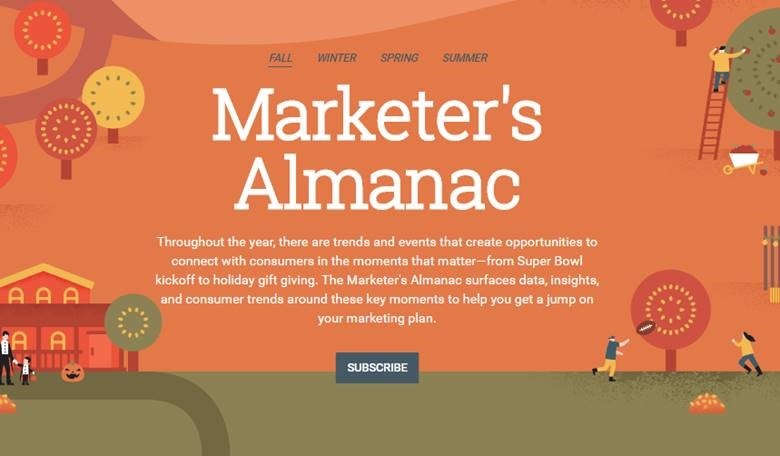
Otherwise you can always invest in tools like Survey Monkey, which gives you the freedom to create in-depth surveys and truly understand the market. You can even craft surveys that let you better understand the preferences of different demographics. You can then use the data to come up with a target audience base.
Key Takeaways
Although there’s no foolproof solution that can guarantee a successful product launch, these tips on overcoming the common challenges should be able to leverage your launch efforts. With these ideas, you stand a much better chance of success in your product launch. Make sure you thoroughly research the market and your target audience as this will form the basis for everything. With the data collected from this research, you will be able to come up with effective product launch strategy and marketing plan as well as create a positioning statement that works.
What challenges have you faced in your product launch? Got any insights to share or any questions to ask about product launch challenges? Feel free to leave your comment below and let’s talk about it.
* Adapted lead image: Public Domain, pixabay.com via getstencil.com
Overcome These 3 Common Product Launch Challenges
The post Overcome These 3 Common Product Launch Challenges appeared first on Search Engine People Blog.
(52)

